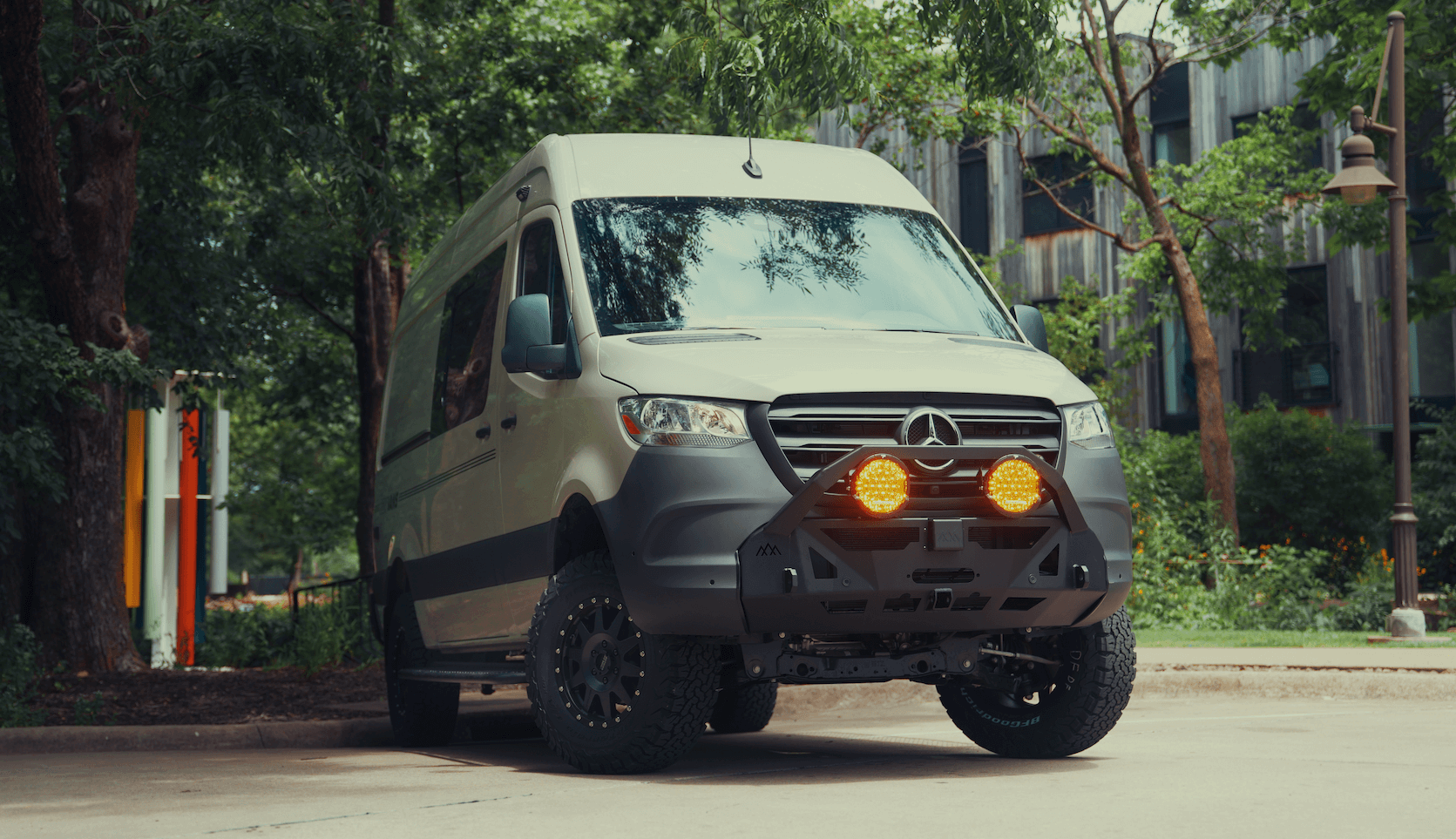Recreational Vans

The Schengen area functions like a single border for short stays, so your passport gets stamped on entry and exit, and your clock runs across most member countries. For many nationalities that are visa exempt, the rule of thumb is simple yet strict: you may stay up to 90 days within any rolling 180 day period. The count is cumulative across Schengen countries, so zigzag routes do not reset time. To stay longer, you need a national long stay visa from the country where you intend to reside.
Think of 180 days as a sliding window that moves with you. Each day inside Schengen consumes one of your 90 allowed days within that window. Spend 60 days in France, exit to a non Schengen country for 30 days, then you return with 30 days left until enough earlier days fall outside the window. Track entries and exits rigorously to avoid overstays, which can lead to fines or future entry bans.
Citizens of many countries including the United States, Canada, the United Kingdom, Australia, and Japan are visa exempt for short stays. Others must apply for a short stay Schengen visa that typically requires confirmed travel plans, proof of funds, and travel medical insurance of at least 30000 euros coverage. Either way, border officers can ask for your onward plan and evidence of accommodation or means, even if you sleep in your own camper.
If your plan exceeds 90 days, explore a national D visa or residence permit in the country where you will spend most time. Requirements vary widely, from student or work permits to retirement income thresholds. National permits allow longer presence in that issuing country, but do not automatically grant unlimited time elsewhere in Schengen, so confirm secondary travel rights before you roam.
Your van life hinges on clean paperwork. Carry a valid passport, your home license, an International Driving Permit if your license format is not widely recognized, vehicle registration, and proof of insurance. Many insurers issue a green card that lists covered countries. Some rental or borrowed vehicles need a notarized letter of permission. Expect police checks for insurance and safety gear like reflective vests and triangles.
Third party liability is mandatory. Ask your insurer for a green card listing Schengen and nearby non Schengen states you will enter. In parts of Europe you must carry reflective vests, warning triangles, a spare bulb kit, and in winter certain countries require winter tires or carry chains during defined months. Local speed limits, blood alcohol limits, and zero tolerance rules can be stricter than at home.
Several countries use toll booths while others sell time based vignettes. Austria, Czechia, Slovakia, Hungary, Slovenia, Romania, and Switzerland require a vignette or e vignette before you touch the motorway. Germany and France operate low emission zones that may require a sticker or restrict older engines on certain days. Plan your route with emissions rules in mind, especially for older diesel vans.
Overnighting rules vary country by country and often by municipality. France has a network of aires, Germany offers stellplatz, and Italy signs area di sosta. Wild camping can be restricted, and even where tenting is legal, vehicle overnighting may be limited. Coastal zones and national parks commonly have special rules. A respectful approach, arriving late and leaving no trace, helps avoid fines and friction.
Balancing time, weather, and border rhythm makes the trip smoother. Many travelers pair 90 days inside Schengen with 90 days outside in places like the United Kingdom, Ireland, the Balkans, or Morocco. This creates a natural cadence and protects your day count. Ferries and mountain passes add seasonal variables, so check schedules and closures before you commit to a path.
Keep a running log of entries and exits with dates and locations, and save fuel receipts or campsite invoices as soft proof if a stamp is missed. Land borders often have no routine checks, yet you remain responsible for lawful presence. If asked, present your day count, route plan, insurance, and funds. When in doubt, exit earlier than planned to stay on the right side of the rule.
City break parking requires extra vigilance. Choose guarded lots or well reviewed camper stops near transit. European eSIM plans simplify data, but fair use policies can throttle long stays, so read the fine print. Credit cards are widely accepted, yet some places prefer chip and PIN or local payment apps. Carry a small cash float for rural tolls, laundry, and small aires.
Ferries link Spain to Morocco, Italy to Sardinia and Sicily, and many Baltic and Nordic routes. High mountain passes can close with early snow, while winter conditions trigger tire and chain rules in alpine regions. Diesel heaters excel in shoulder seasons, and condensation control is critical. Plan for short daylight hours and colder nights with insulation, ventilation, and battery capacity to match.
To turn knowledge into comfort on the road, consider a purpose built interior that makes border days easy and rainy weeks comfortable. OZK Customs designs and builds complete adventure vans with efficient power systems, smart storage, and climate savvy layouts that match real travel rhythms. Explore recreational vans, see our custom van build, or browse finance friendly vans to start planning.
Final If you want a rig that handles border checks, winter passes, and long stretches off grid with calm confidence, share your travel plans and wish list. We will blueprint a build that fits your life, then deliver a handoff that teaches you every system so your first mile feels like your hundredth.
Ready to spec a road proven van built for real travel demands? Tell us how you roll, and OZK Customs will translate your route, climate, storage, and power needs into a dialed custom build. Start your quote and we will map a clear path from idea to keys.
ADDRESS:
6159 E Huntsville Rd, Fayetteville, AR 72701
PHONE:
(479) 326-9200
EMAIL:
info@ozkvans.com